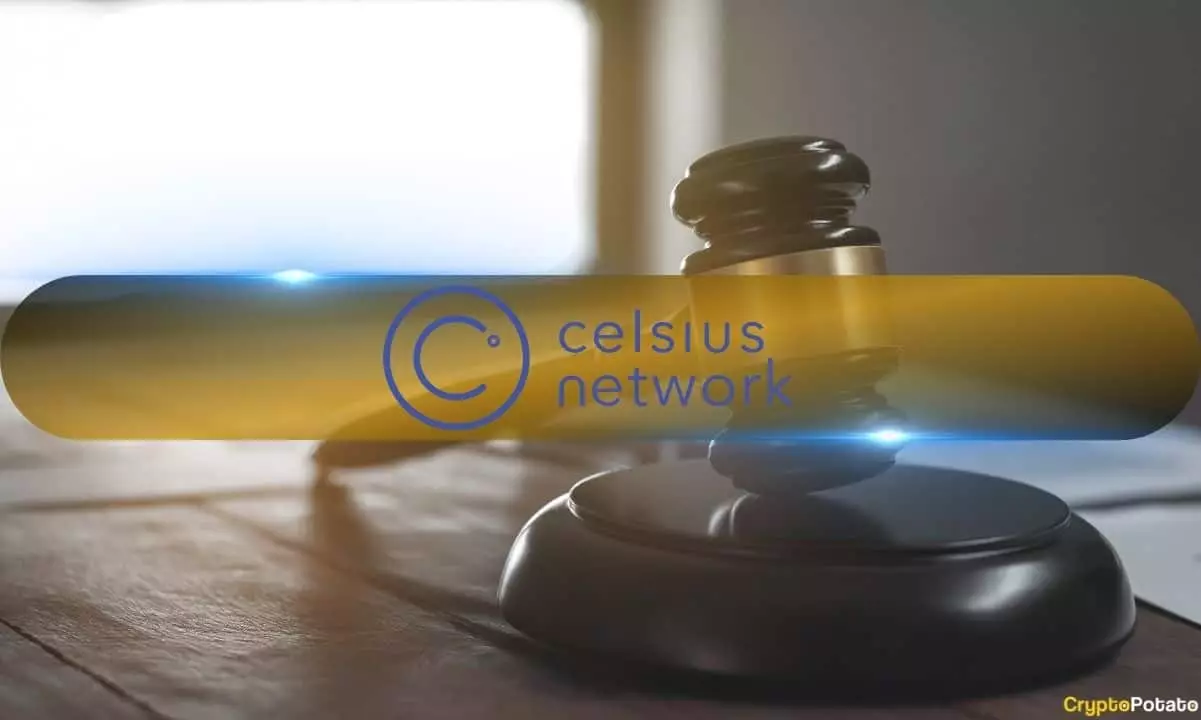In a groundbreaking decision, the Southern District of New York Bankruptcy Court has approved a novel approach for serving legal notices, allowing Celsius Network to utilize non-fungible tokens (NFTs) as a means of communication. This decision emerges amidst the company’s ongoing insolvency proceedings, with Celsius looking to recover assets allegedly siphoned off through fraudulent transfers to unknown digital wallets. Traditional legal notifications have often struggled to keep pace with the anonymity provided by cryptocurrency transactions, compelling the court to reconsider its methods of service.
The implications of this ruling resonate beyond the immediate case of Celsius; it raises significant questions about the intersection of technology and legal processes. Historically, the legal system has adhered to conventional methods of communication, such as registered mail and personal service. However, the rapid evolution of digital assets and blockchain technology necessitates a re-evaluation of these time-honored practices.
Celsius’s dilemma exemplifies a critical challenge faced within the cryptocurrency realm: the inherent anonymity of users and their digital wallets. Unlike traditional banking systems, where individuals are often easier to identify through personal information, the crypto landscape offers a veil of secrecy. This can be detrimental for entities like Celsius, which must navigate complex legal hurdles to hold accountable those who may have wronged them.
Compounding this challenge is the company’s pursuit of justice for its creditors. Celsius has launched legal actions not only to invalidate the fraudulent transfers but also to reclaim additional funds necessary for its stakeholders. Yet, as it stands, without clear identifiers for the individuals controlling the crypto wallets in question, traditional methods of service became inadequate.
To mitigate the difficulties posed by anonymity, Celsius proposed an innovative solution involving NFTs. Each NFT issued will direct recipients to a designated webpage, where essential legal documents, including the complaint, can be accessed. This strategy marks a significant leap toward more modernized and effective communication within the legal framework.
The court’s decision to permit NFTs for service of process reflects an understanding of the realities of the digital age. By airdropping legal notifications directly to the wallets implicated in the case, Celsius can ensure that these notices reach their intended recipients without the constraints associated with traditional mail services.
To further enhance the effectiveness of this approach, Celsius enlisted FTI Consulting, a firm specializing in tracking and analytics. FTI’s role transcends mere supervision; they are tasked with confirming the receipt of NFTs on-chain, monitoring subsequent access to the linked legal documents, and ensuring that the recipients are genuine individuals rather than bots. By tracing the original transfers to the targeted wallets, FTI validated the ongoing activity of these wallets, bolstering the court’s confidence in this alternative service method.
This cooperation between Celsius and FTI Consulting illustrates a proactive response to the changing landscape of asset recovery in the digital domain. It not only emphasizes the importance of technology in modern legal procedures but also underlines the need for a thorough understanding of blockchain mechanics.
What resulted from this innovative proposal was a judicial ruling anchored in the principles of due process and practicality. Bankruptcy Judge Martin Glenn highlighted the impracticability of traditional service methods, noting that the anonymity associated with digital wallets made conventional methods, such as sending notices to physical addresses, largely ineffective. Under New York law, alternative service methods are permissible when standard ones do not meet the demands of due process.
In a reflection of history, the judge likened this advancement to the transition from postal mail to email notifications, setting a precedent for how digital notifications, specifically via blockchain, could redefine conventional legal structures.
Celsius’s case serves as a potential template for other entities facing similar challenges in the crypto landscape. By embracing technology in legal processes, firms can enhance their ability to communicate with elusive digital asset holders. As we move forward, it will be critical to monitor how courts nationwide respond to the increasing integration of blockchain technology in legal service methods.
The Celsius-NFT ruling is not just a legal victory; it’s a testament to adaptability in a rapidly changing digital environment. As legal frameworks evolve to accommodate innovations, the relationship between technology and law will likely strengthen, paving the way for more effective and equitable methods of legal recourse in the future.

